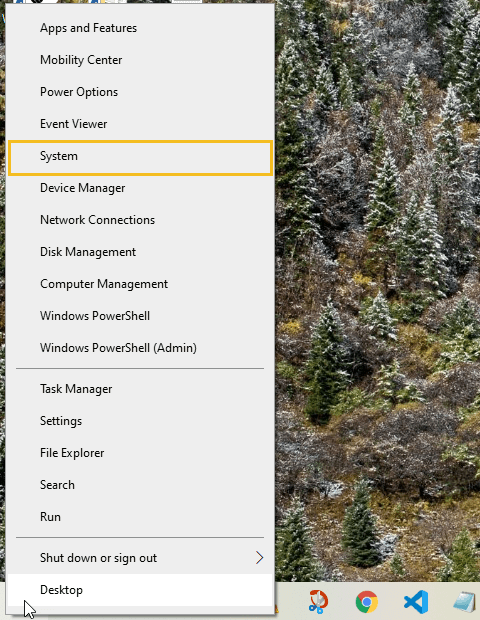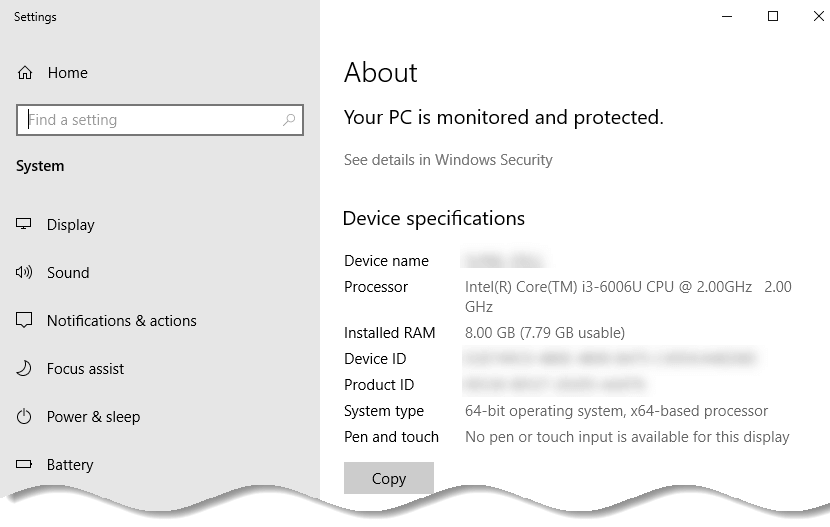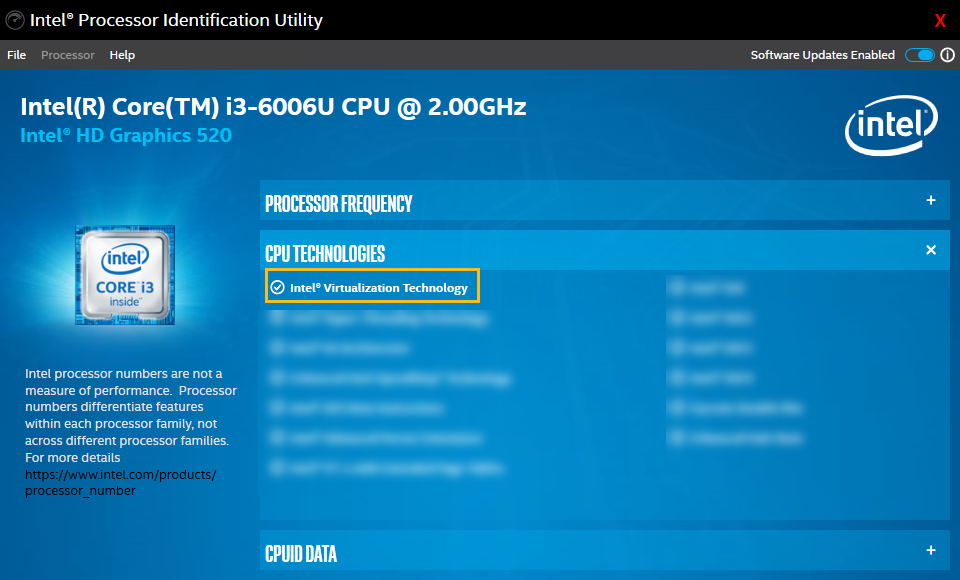Running multiple operating systems on a computer is something all tech enthusiasts enjoy doing. You can do this by installing the operating system to a separate hard disk partition or as a Virtual machine.
In computing, Virtualization can mean a number of things. The most common definition defines it as creating a virtual version of something on a computer, for instance a virtual operating system that runs on a PC.
💡 What is virtualization?
Virtualization technology allows you to use the same hardware resources to run a secondary operating system in complete isolation from the other that’s already running on your PC. For instance, you can run Ubuntu inside Windows 10 if virtualization is enabled on your PC.
You can use this technology to access suspicious files and applications and experiment with features without any risk of harm to your computer.
Installing an operating system as a virtual machine is more advantageous because you don’t have to constantly restart your computer to access the other OS. However, in order to create a virtual machine, your processor must support Virtualization.
Fortunately, there are many tools that enable you to check if your processor supports hardware Virtualization (Intel VT-x or AMD-V) and this post will guide you how to find out for yourself.
How to find out if my CPU is Intel or AMD
You may want to know the hardware virtualization your computer comes with, whether Intel VT-x or AMD-V. Before that, first you have to check whether your CPU is AMD or Intel, here’s how
Step 1: Press the + x to invoke the menu. Select System from the list.

Step 2: You will find your system information in the window that opens. Your processor type will be displayed there.

Does a PC support Intel VT-x or AMD-V?
For virtualization to work, your computer has to support it on the hardware level. Most new PCs do so. Virtualization has to be enabled in the system’s BIOS on older computers.
Also Read: How to Enable Intel VT-x or AMD-V in BIOS
On new computers that use UEFI in place of BIOS, VT-x or AMD-V can easily be enabled within Windows by an application that wants to run it.
You can check whether your PC supports virtualization technology or not and whether it is enabled. This can be done from within the Windows 10. There are a handful of methods you can use to do so. Find them listed below:
Method #1: Windows Task Manager
If you are using Windows 10 operating system, the easiest way to check is by opening up Task Manager.
Step 1: Open Task Manager by these key combination CTRL + SHIFT + ESC.
Step 2: Go to Performance Tab.

You should see Virtualization as shown on the above screenshot. If it is enabled, it means that your CPU supports virtualization and is currently enabled in BIOS.
If it shows disabled, you need to enable it in BIOS, in case you don’t see Virtualization, it means that your CPU does not support hardware virtualization.
Method #2: Using “systeminfo” command
Step 1: + R and then type cmd and click OK to open up a regular Command Prompt.

Step 2: Type systeminfo command.

Step 3: If you see Yes for Hyper-V requirement properties, it means that you have hardware virtualization capable CPU which could either be AMD-V or Intel VT-x.

Method #3: Using Intel Processor Identification Utility (Only for Intel users)
Step 1: Download and Install Intel Processor Identification Utility.
Step 2: Run the application and navigate to CPU Technologies tab.

If you see tick mark next to Intel Virtualization Technology then you can be certain that your processor supports hardware virtualization.
Method #4: AMD-V with RVI Hyper-V Compatibility Utility (Only for AMD users)
If AMD is the manufacturer of your computer’s CPU then you need to download and run AMD-V with RVI Hyper-V Compatibility Utility tool which you can download from the manufacturer’s website.
Step 1: Download and Install AMD-V with RVI Hyper V Compatibility Utility.
Step 2:Launch the tool with elevated privileges by extracting all its content. You will see something like the below screenshot.

Since we are running this tool on the Intel CPU, the result fails. If you have AMD CPU and see something like this, it mean that you don’t have AMD CPU that supports hardware Virtualization.
In other hand, if you see a success message, it means that your AMD CPU supports hardware virtualization.
We have shown you 4 different methods to find out if your processor supports Intel VT-x or AMD-V. In some cases, hardware virtualization is disabled by default in BIOS settings.
If you know your CPU model supports virtualization, you need to enable it from your BIOS settings. In case, your processor does not support hardware virtualization at all, you can try buying a new processor or new computer.
We hope this content has been of use to you.
Please feel free to leave us a comment in the section below.
We will love to hear from you.





























Add comment